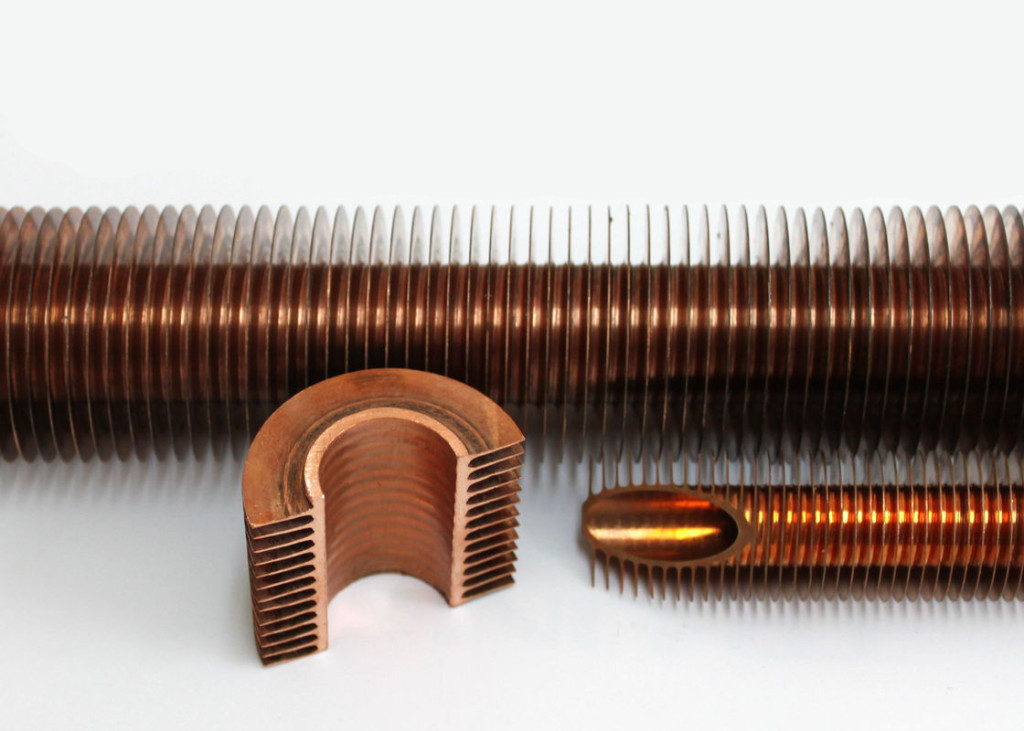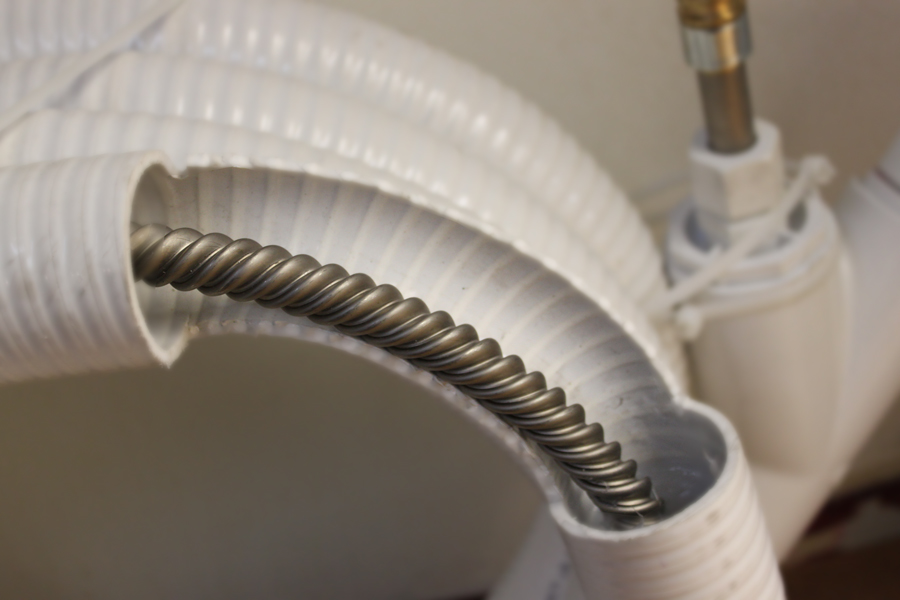Your pool heat pump heat exchanger is what delivers heat your water. But how?
We answer that and more in this post
If you’ve done some research on how pool heat pumps work, then it’s likely you’ve heard the phrase “heat exchanger” a few times. The name of the component alone implies its function: to handle the exchange of heat within your pool heater. But, how this happens is a mystery to many.
To fully comprehend the function of a pool heat pump heat exchanger, it’s important to understand where exactly it fits into the heating process.
What does a pool heat pump heat exchanger do?
A heat exchanger transfers heat from one vessel to another.
Starting from the top, the pool heat pump pulls in air through the evaporator coil (using a fan), combines it with refrigerant to form a gas, and sends that gas to the compressor.
From there the compressor pressurizes the gas into a hot gas and pumps it into the heat exchanger. The hot gas then travels through the heat exchanger, which heats up the titanium tubing. After that, pool water flows through the pool heat pump heat exchanger, heated as it flows past the tubing.
The heated water is then sent back to the pool and the cycle repeats.
Overall, the heat exchanger is responsible for ensuring that pool water is properly heated before it makes it way out of the unit.
Different Types Of Heat Exchangers
Over the past few decades, manufacturers have constructed each and every pool heat pump heat exchanger with one of two materials: cupronickel or titanium. Both types of heat exchangers do the same job, but one does so in a far more efficient manner. We’ll get into that shortly.
Cupronickel Heat Exchanger
Cupronickel Heat Exchangers were the go-to choice of pool heat pump manufacturers for quite some time. Comprised of copper-nickel alloys, cupronickel heat exchangers gained popularity in the industry due to their natural resistance to chemical corrosion and low flow compatibility.
Scientifically speaking, the electrode potential of cupronickel is designed to be neutral to seawater. This feature was especially important for customers living in areas close to the ocean, where salty sea breezes were in abundance.
Cupronickel remained the industry standard for heat exchangers for years.
That is until a more efficient alternative was discovered.
Titanium Heat Exchanger
After the boom of cupronickel heat exchangers, several manufacturers made the move to titanium.
Unlike their predecessors, titanium heat exchangers are fully immune to corrosion but require higher water flow and more surface area to work at full efficiency. Hence why most titanium heat exchangers designs are in a coil pattern — maximizing the surface area of the tubes.
Because of this, the quality of a titanium pool heat pump heat exchanger (thickness, design, etc.) significantly affects the COP, or energy efficiency of the unit it’s housed within. Units like the Oasis Platinum utilize Turboguard™ Heat Exchanger technology to deliver consistent unrivaled performance.
The strategically designed and durable build quality of the Turboguard™ heat exchanger contributes greatly to the energy efficiency most pool heat pumps are known for today.
Wrapping It All Up
Heat exchangers have a straightforward but highly essential role within your pool heat pump. They distribute “heat energy” to your pool water so you can enjoy warm, comfortable swims throughout the season. And most manufacturers forge their heat exchangers from the core materials of either cupronickel or titanium.
But what about the rest of the pool heat pump? What’s going on in there?
In this post, we explain How Pool Heat Pumps Work
Not sure where to begin when it comes to pool ownership? Why not start with our Pool Owner Guide?




